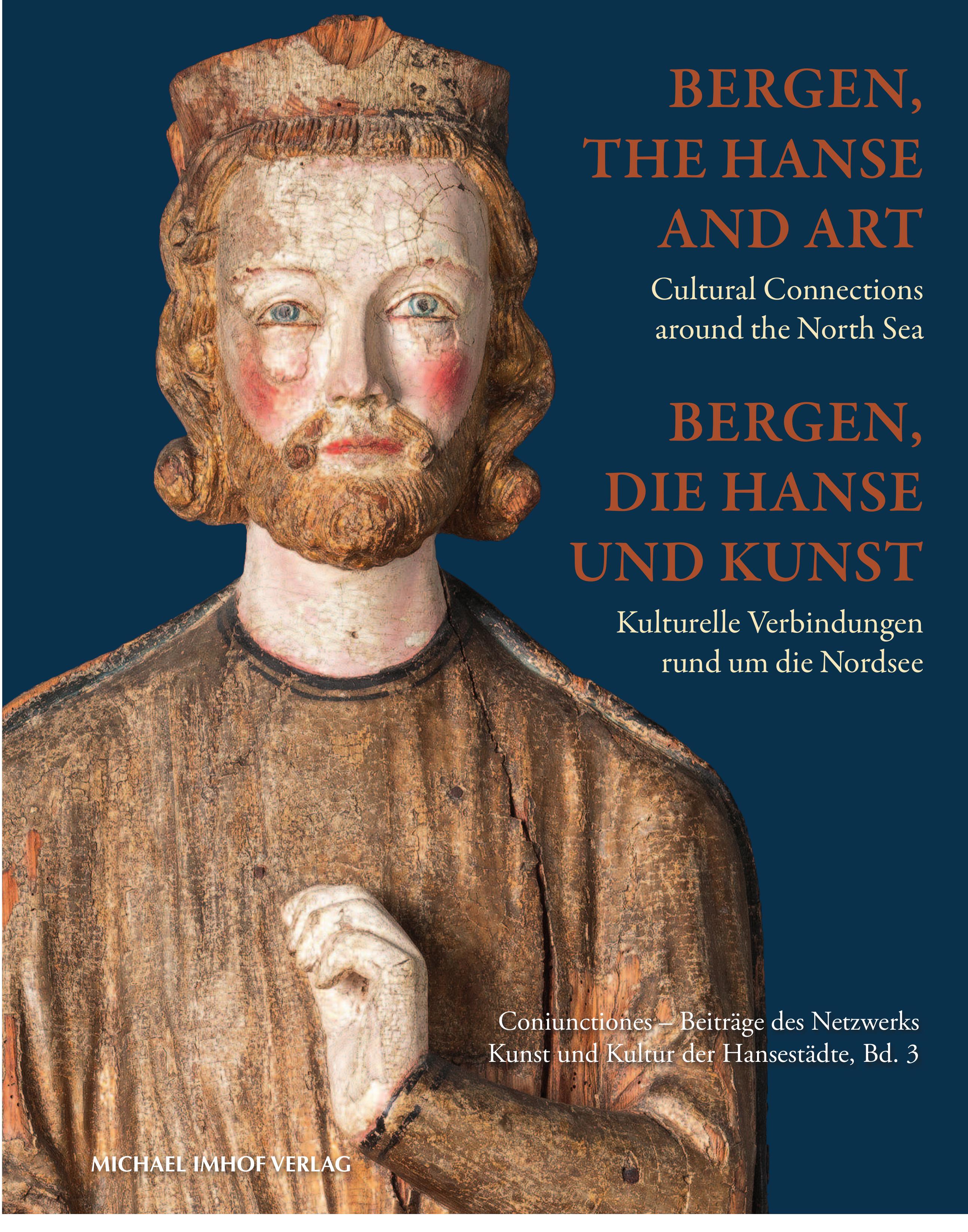Key research themes
1. How do materiality and technical methods shape the production and preservation of Late Medieval wall paintings?
This theme examines the confluence of materials, artistic techniques, and conservation challenges associated with wall paintings in the late medieval period. It emphasizes the interplay between historical textual sources, technical scientific analyses, and workshop organization in producing monumental frescoes, particularly in Italy from the twelfth to fifteenth centuries. The study of pigments, mortars, and plasters alongside innovative scientific methods elucidates both the artistic intentions and the physical stability of these works, critical for understanding their aesthetic and cultural impact as well as their preservation.
2. How was death visually and poetically conceptualized in Late Medieval art and literature in response to socio-cultural crises?
Focused on the pervasive motif of death during the post-Black Death period, this theme investigates interdisciplinary responses across visual arts, poetry, and performative culture. It connects artistic representations such as the Triumph of Death frescoes with vernacular lauda literature, revealing how mortality was negotiated publicly and devotional practices adapted to mid- and late medieval anxieties. The theme explores the emergence of death iconography as a means to communicate religious, social, and psychological realities within communal rituals and elite patronage.
3. How did scaling and visual representation strategies redefine identity, theological concepts, and artistic production in Late Medieval European art?
This research theme interrogates the 'Scaling Revolution' of the fourteenth and fifteenth centuries, a paradigm shift whereby artists manipulated relational sizes of figures, objects, and cosmic elements within artworks. The theme explores how this phenomenon articulated theological hierarchies, social identities, and new aesthetic experiences, influencing various media from monumental architecture to miniature devotional artifacts. It further situates scaling as a cultural and ethical mechanism shaping late medieval and early modern worldviews.










































































